If you have already read our article on homologation cars, now is the time to check some of the best examples ever produced
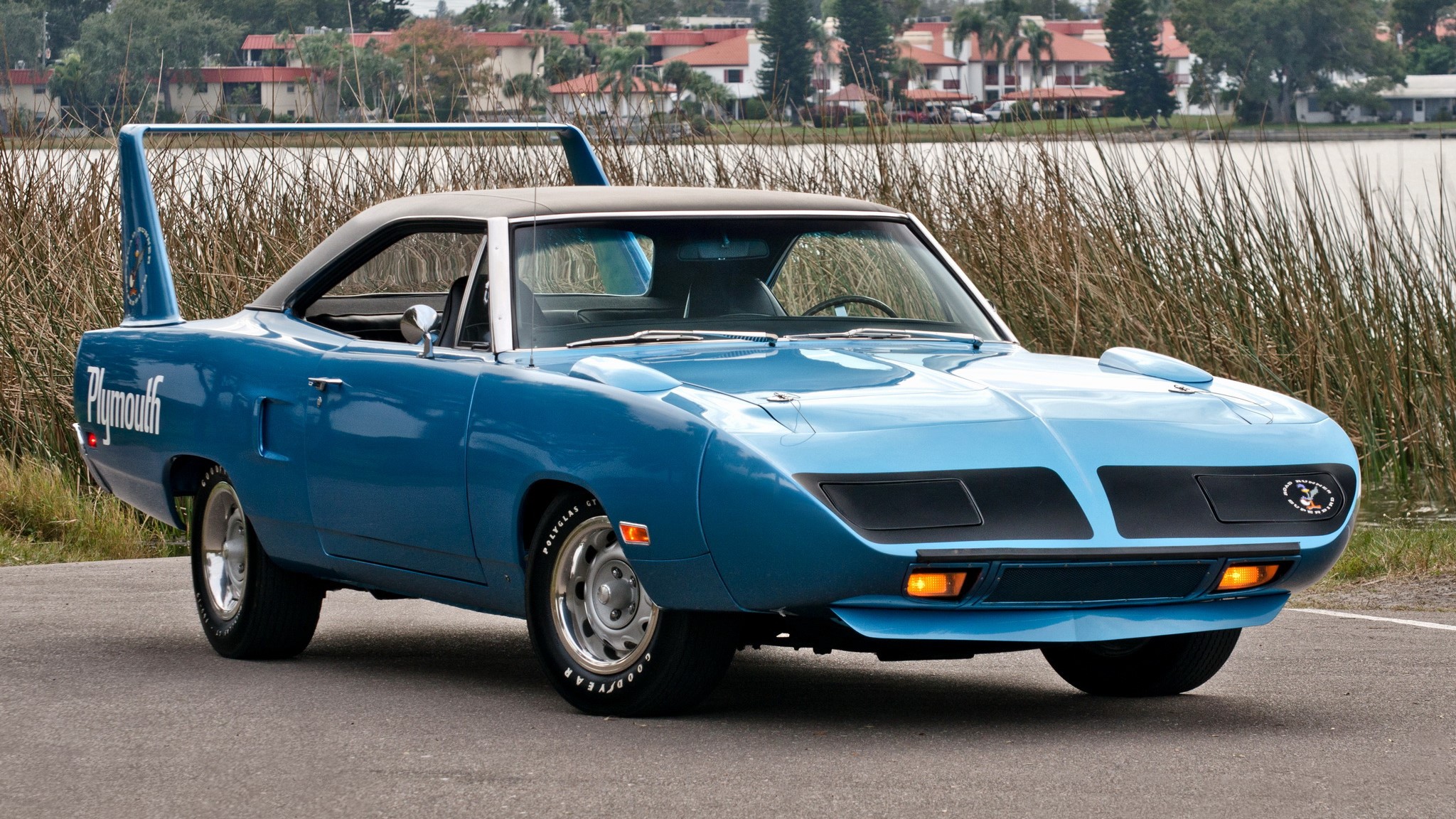
Some weeks ago, we published an article on homologation cars. In short, FIA’s competition rules used to tie production and racing cars to some extent. Automakers that wanted to race in specific categories had to sell some of their racing cars to people without changes. The goal was to encourage them to improve their production cars as much as possible. That practice has given the public many interesting examples.
This time, we are going to focus precisely on those interesting examples. The following list features three cars released in the 1970s, 1980s, and 1990s. Those were the decades when homologation cars were the most popular. However, since we enjoy this topic so much, we went ahead and added a bonus example. It appeared and competed in other circumstances, but had the same spirit. We hope you like the reading!
Homologation cars of the 1990s
Subaru Impreza 22B STI

The “22B” comes from the 2.2L engine, an exclusive upgrade of the regular 2.0L, and an internal code for “turbo”. It is also a reference to a rally sponsor.
Subaru did not need to build this car for rally homologation. The maker wanted to celebrate both its 40th anniversary and the third consecutive victory at FIA’s World Rally Championship. The result came as this stunning coupé with wide flares, large rear spoiler, and the unique paint scheme with blue body and gold wheels. It had such positive reception that Subaru applied it as the standard for future STI models.
Mercedes-Benz CLK GTR

The GTR went on sale for over US$ 1,5 million in 1998, which made it the most expensive production car ever built. The five last units came in a roadster body.
Back in 1996, recent changes in FIA regulations encouraged Mercedes-Benz to compete with Porsche and Ferrari. The new race car was only slightly based on the CLK that had just gone on sale; the GTR was lower and longer and had a mid-mounted V12 engine. Besides, its body was entirely made of carbon fiber and used several aerodynamic accessories. An upgraded version appeared two years later with the LM name.
Mitsubishi Pajero Evolution
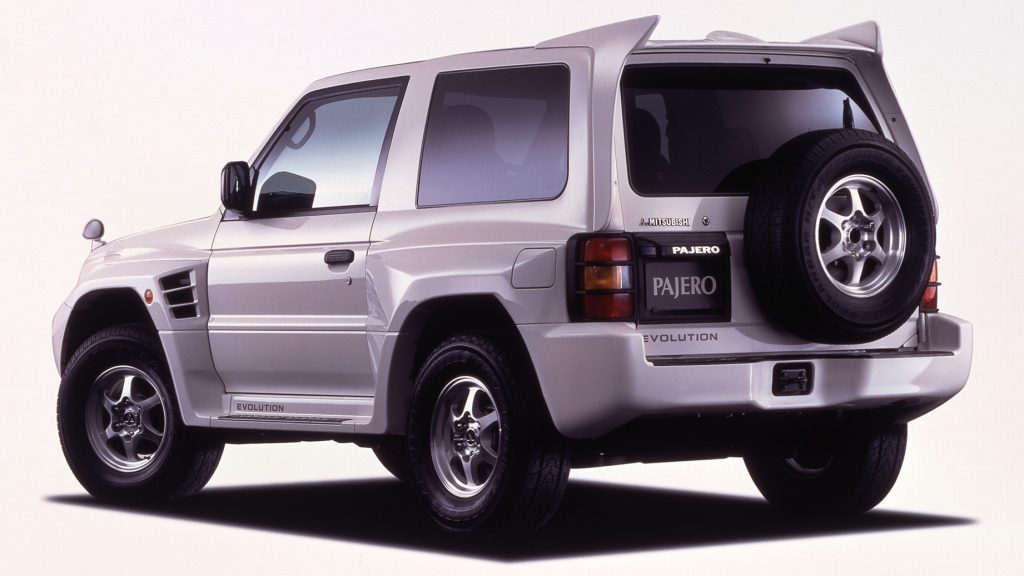
While Mitsubishi competed in rally for decades, this was the only time it made a street-legal variation of that model. It is derived from the second generation.
Why would homologation cars be limited to coupés and hatchbacks? The only road-legal version of the rally-oriented Pajero was sold for three years and featured typical modifications. Wide body kit, upgraded engine and suspension, skid plates and mudflaps, and a hood scoop were all there. This model was only available in the three-door body, and featured a unique pair of fin-like spoilers on top of the trunk lid.
Homologation cars of the 1980s
BMW M3
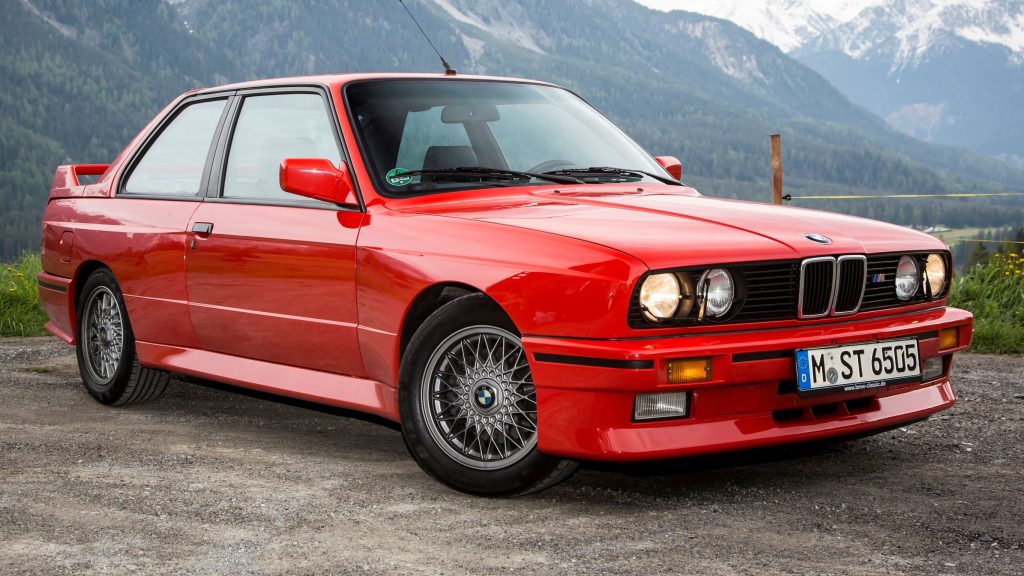
Although the M3 is famous as a coupé, BMW produced few convertible units as well. There was also a one-off pick-up version used for internal transportation.
Based on the E30 3 Series, the original M3 received muscular shapes and smoother surfaces to reach 0.33 of drag coefficient. Such changes made it highly competitive even against cars with larger engines and/or turbochargers. BMW improved it over the years through “Evolution” editions and ended up developing a true champion. Further generations focused on the streets, but made sure to retain the competitive soul.
Ford Sierra RS500 Cosworth
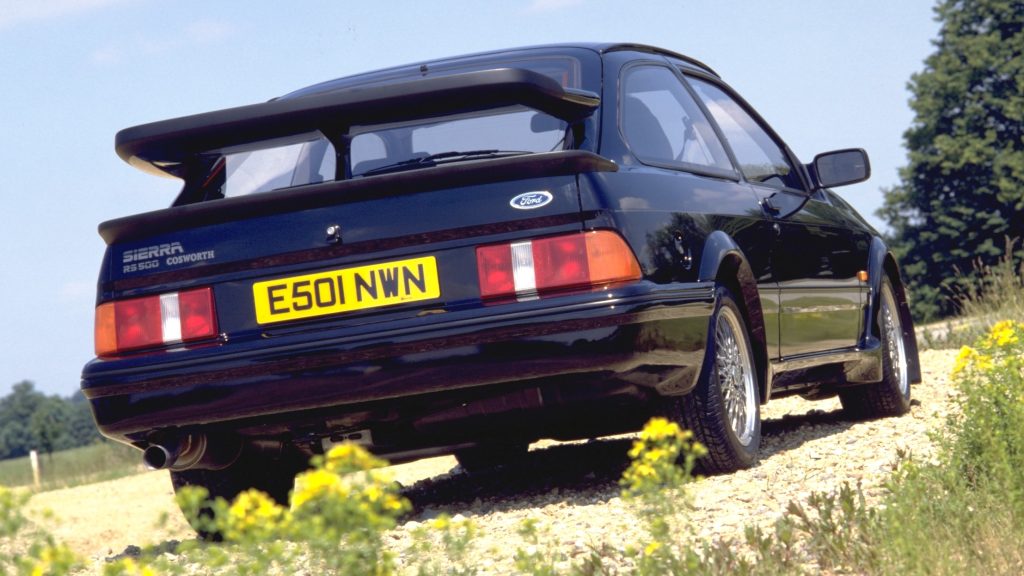
The original intention was to produce all 500 units in black. However, Ford ended up painting 56 of them in white and 52 others in moonstone.
The initial Sierra RS came in 1986 to help rebuild Ford’s competitiveness in racing. While it had countless upgrades compared to the regular car, the company wanted more. The RS500 was an evolution converted by Aston Martin Tickford: it received several engine improvements, including larger turbo and intercooler, and a double-deck rear spoiler. All units were produced with left-hand drive (LHD) and offered in the UK.
Peugeot 205 Turbo 16

The rear section is wider than usual and had everything inside lifted in order to accommodate the new engine layout. Peugeot painted all units in gray.
Coachbuilder Heuliez was hired to heavily modify the 205. While the final appearance still looked like the regular 205, there were almost no panels in common. The powertrain, as you can imagine, was even more exclusive: it features mid-engine layout with turbocharger, 16 valves, and AWD. Using the nickname T16, the car became a strong racing contender to Audi, Ford and Lancia, which were the references back then.
Homologation cars of the 1970s
Renault 5 Turbo
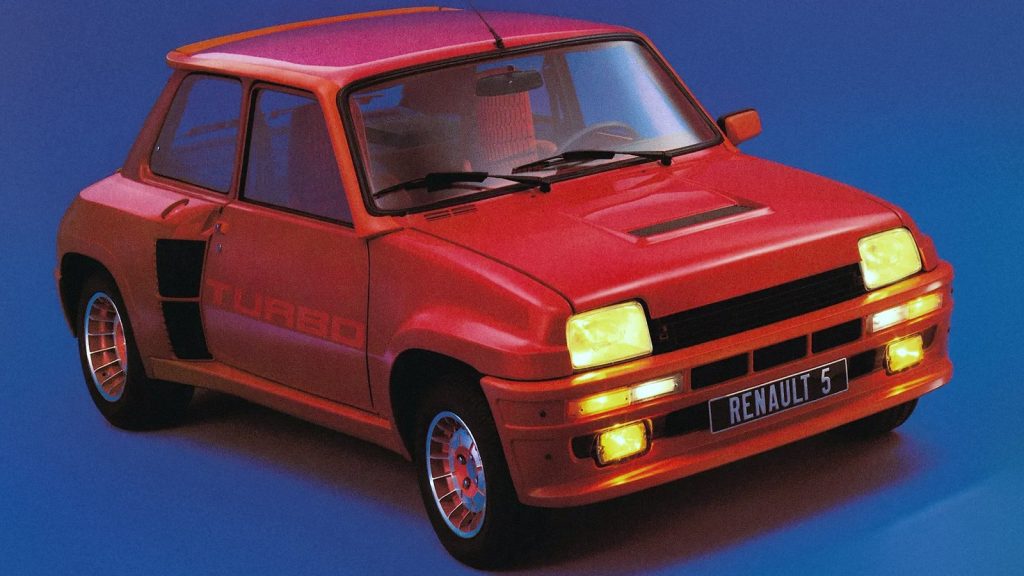
Red and blue were the iconic colors to choose. The model used them in two shades to make the bumpers stand out. Even the wheels had colored accents.
The French company developed it in the late 1970s to fight the Lancia Stratos in rally racing. Besides the widebody construction, the 5 Turbo stood out for its flashy colors, mid-mounted engine and rear-wheel drive, completely unrelated to the regular car. Once homologation requirements were met, Renault made a Turbo 2 version with similar performance and simplified trim to keep enjoying its success for six years.
Fiat Abarth 131 Rally

This is one of the few models Fiat used to race with its own brand; it was much more common to apply Alfa Romeo or Lancia, not to mention Ferrari cars.
Fiat shipped partially assembled two-door 131 sedan bodies to Bertone, which added the bespoke body panels including the typical wide body kit, and finished paint and trim. Then, the cars would go to another Fiat location to receive the special powertrain tuned by Abarth. With this cooperation, these companies manufactured 400 units for the streets and homologated the Abarth 131 Rally car for WRC competitions.
Lancia Stratos HF
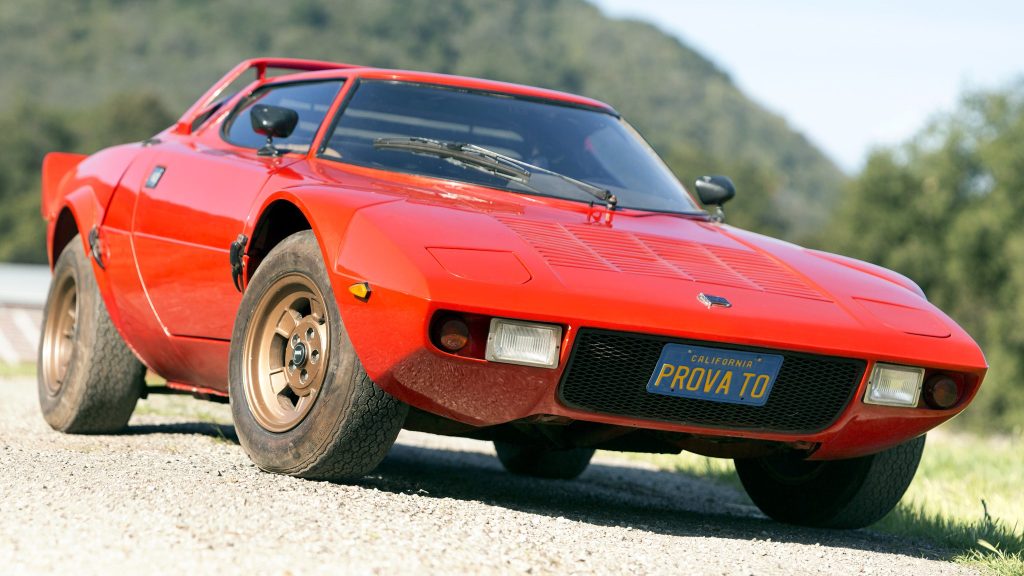
The prototype took engines from the Lancia Fulvia and Beta. Enzo Ferrari only agreed to supply his company’s V6 unit once the Dino’s production ended.
It is said that Bertone developed the Stratos Zero concept himself and used it to persuade Lancia to form a partnership with his design studio. The street-legal Stratos is credited as the first homologation car and borrowed several parts from other cars in the Fiat group. The V6 engine came from the Ferrari 246 Dino, and trim parts came from Fiat cars. The model had an impressive career at rally racing through six years.
Bonus: Dodge Charger Daytona
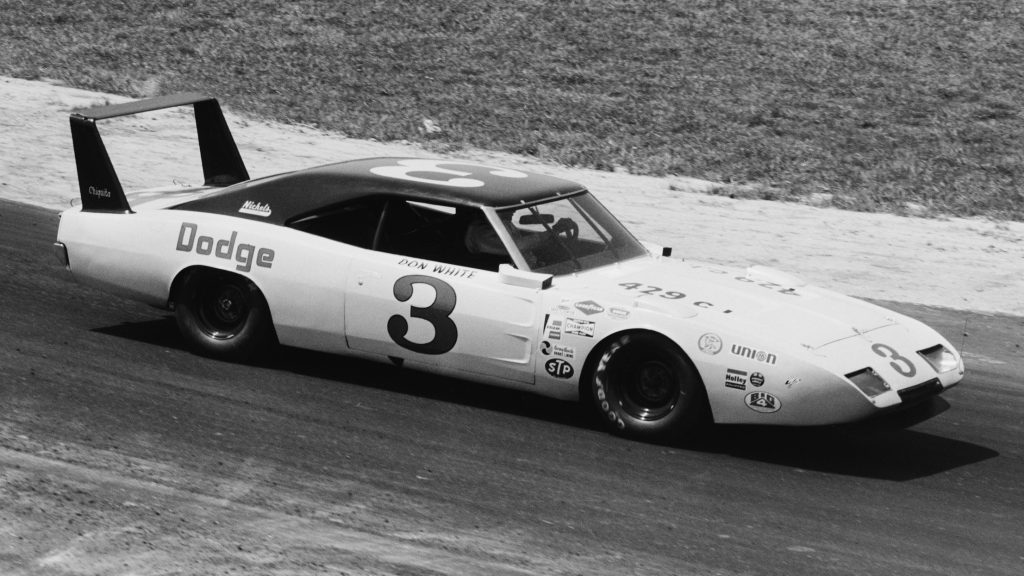
Dodge and Plymouth were not the only ones to invest in aerodynamics. Ford and Mercury made the Torino Talladega and the Cyclone Spoiler II.
The wedge-shaped front end and the huge stabilizer wing on the rear are only two examples of changes; the Charger became so much more aerodynamic that it dominated NASCAR racing in the early 1970s. In fact, such performance made the competition change its rules shortly afterwards to ban it along with the corporate cousin Plymouth Superbird. The street-legal units were transformed by a third-party company.
Tech specs
| Model | Year | Units | Engine | Power | Torque |
|---|---|---|---|---|---|
| Subaru Impreza 22B STI | 1998 | 424 | 2.2L I4 | 276 hp | 268 lb-ft |
| Mercedes-Benz CLK GTR | 1998 | 26 | 6.9L V12 | 604 hp | 572 lb-ft |
| Mitsubishi Pajero Evolution | 1997 | 2500 | 3.5L V6 | 280 hp | 239 lb-ft |
| Ford Sierra RS500 Cosworth | 1987 | 500 | 2.0L I4 | 224 hp | 204 lb-ft |
| BMW M3 | 1986 | 5,000 | 2.3L I4 | 192 hp | 169 lb-ft |
| Peugeot 205 Turbo 16 | 1984 | 200 | 1.8L I4 | 197 hp | 188 lb-ft |
| Renault 5 Turbo | 1980 | 4,987 | 1.4L I4 | 158 hp | 163 lb-ft |
| Fiat Abarth 131 Rally | 1976 | 400 | 2.0L I4 | 138 hp | 127 lb-ft |
| Lancia Stratos HF | 1973 | 492 | 2.4L V6 | 190 hp | 166 lb-ft |
| Dodge Charger Daytona | 1969 | 503 | 7.2L V8 | 375 hp | 480 lb-ft |
Joe Stewart is a 35-year-old automotive enthusiast born in Miami, Florida. He is a part-time collaborator in AutomoBible and specializes at making car passion accessible to readers thanks to his product curations of all types.
Stewart worked in the automotive industry for several years especially in the field of accessories. He executed projects for several automakers whether to improve existing solutions or to design new ones according to their needs.
Nowadays, Stewart is expressing his passion for cars on AutomoBible. He is always looking for exciting new products and he tests them whenever he can, whether on his own 2020 Dodge Charger or on his friends's cars.





